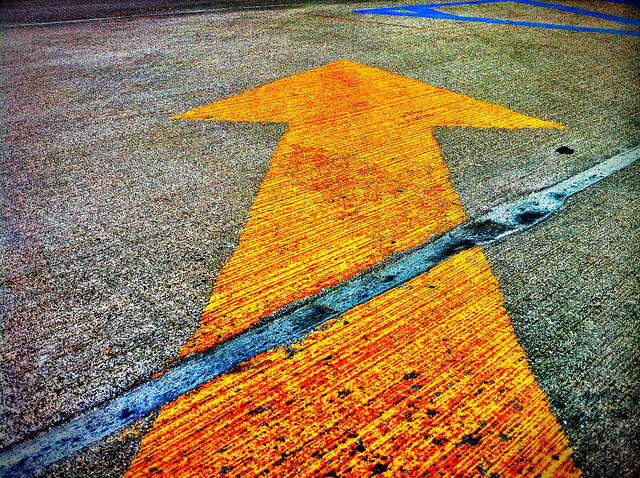Spring is here and the inventory of homes for sale is climbing. In fact, the total number of homes actively for sale in March was 28.5 percent higher than year-before levels and the number of newly listed homes jumped 10.2 percent – the strongest showing in three years. The data, from the National Association of Realtors’ consumer website, shows inventory gains in each of the 50 largest metro areas and, in 18 of those cities, it now exceeds its pre-pandemic level. Danielle Hale, the site’s chief economist, says the market is rebalancing. “We’re seeing a market that’s rebalancing, offering more choices for shoppers,” Hale said. “Data also suggests that pricing competitively is key for sellers in today’s environment. This is likely to be even more true after the mid-April ‘best time to sell,’ when the number of sellers grows even more swiftly.” In other words, more inventory is likely on the way and home sellers should price accordingly. As it is, price cuts this year were the highest they’ve been in any March since 2016. (source)













